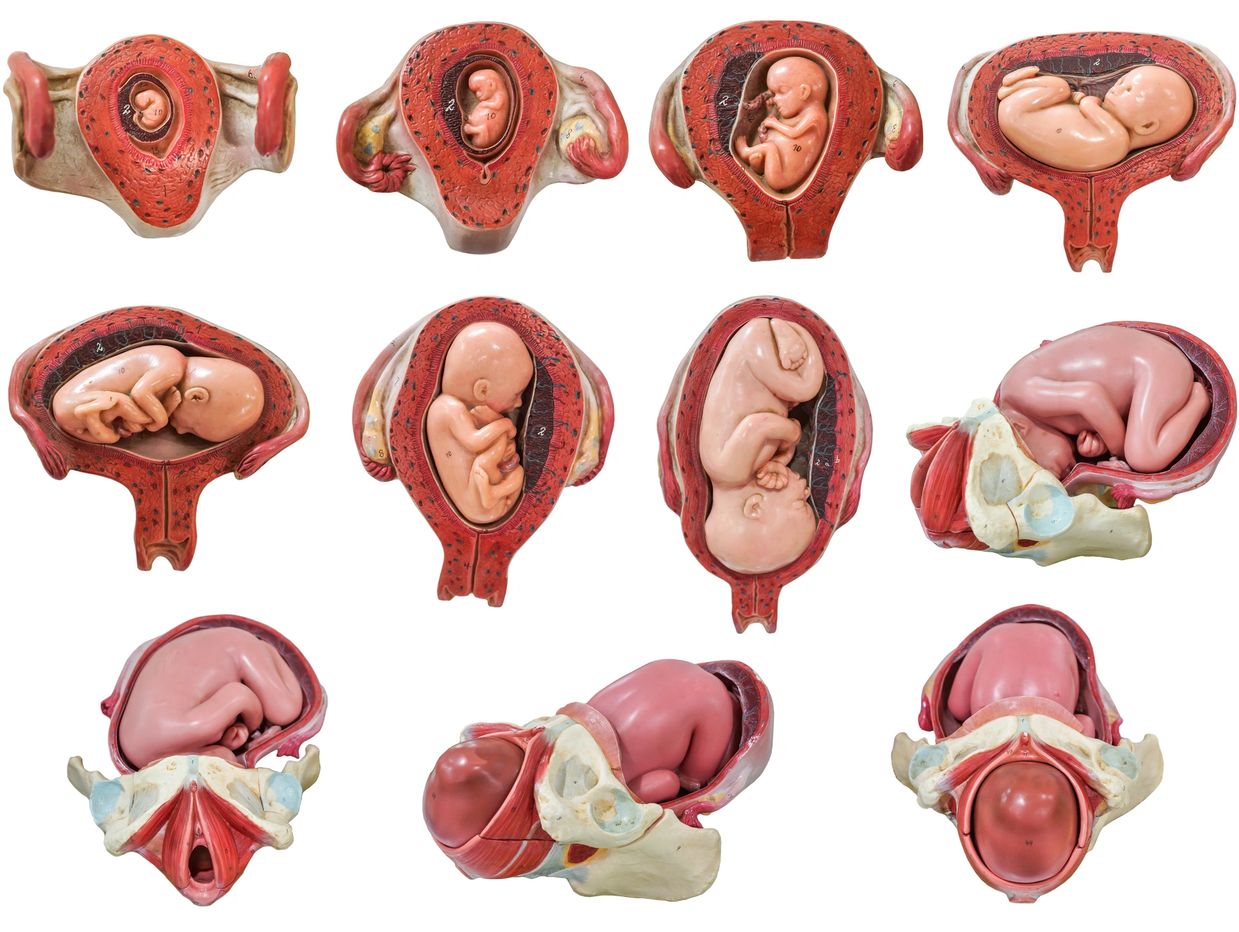
Fetal Development: Stages, Timeline, and Key Milestones
Overview of Fetal Development Stages
Fetal development is an intricate process that spans from conception to birth, encompassing three primary stages: germinal, embryonic, and fetal. These stages mark significant phases of growth and transformation.
Germinal Stage
- Duration: From conception to about one week.
- Process: Begins when a sperm fertilizes an egg in the fallopian tube, forming a zygote. The zygote travels to the uterus, dividing and forming a blastocyst, which implants in the uterine lining. Successful implantation initiates hormone production, halting menstruation.
Embryonic Stage
- Duration: From the third to the eighth week of pregnancy.
- Process: The blastocyst becomes an embryo, developing distinct human features and essential structures such as the neural tube, heart, and limb buds. By the eighth week, the embryo’s major organs and systems take shape, and morning sickness often begins.
Fetal Stage
- Duration: From the ninth week to birth.
- Process: The embryo transitions to a fetus, with continued growth and maturation of organs and body systems. Features such as fingernails, eyelashes, and hair develop. Movement becomes noticeable, and significant growth in weight and length occurs.
Pregnancy Timeline and Key Developments
When Does Pregnancy Start?
Pregnancy starts from the first day of the last menstrual period (LMP), which is used to calculate the gestational age of the fetus. This date is crucial for determining the due date.
How Does Conception Work?
Conception occurs when a sperm fertilizes an egg during ovulation. The fertilized egg travels to the uterus and implants, initiating pregnancy. The corpus luteum releases hormones to prepare the uterine lining for pregnancy.
How Long Is a Pregnancy?
A full-term pregnancy lasts 40 weeks or 280 days, which may span nine to ten months depending on the specific dates of the months involved.
Stages of Growth Month-by-Month
First Trimester (Weeks 1-12)
- Month 1 (Weeks 1-4): Preparation for pregnancy, ovulation, fertilization, and implantation. The blastocyst forms the amniotic sac and placenta.
- Month 2 (Weeks 5-8): Positive pregnancy test, formation of the neural tube, heart, and limb buds. By week 8, major organs and systems develop, and the embryo becomes a fetus.
- Month 3 (Weeks 9-12): Rapid growth, development of distinct facial features, limbs, and organs. Miscarriage risk decreases, and morning sickness often subsides.
Second Trimester (Weeks 13-28)
- Month 4 (Weeks 13-16): Visible pregnancy signs, the fetus sucks its thumb, stretches, and makes faces. External genitals develop.
- Month 5 (Weeks 17-20): First fetal movements (quickening), the fetus develops vernix and lanugo for protection.
- Month 6 (Weeks 21-24): Noticeable movements, the fetus’s skin is wrinkled and translucent. Survival outside the uterus possible with intensive care after 23 weeks.
- Month 7 (Weeks 25-28): Rapid brain and lung development, the fetus gains body fat and may start turning head-down in preparation for birth.
Third Trimester (Weeks 29-40)
- Month 8 (Weeks 29-32): Significant brain development, the fetus can see and hear stimuli, and the lungs continue to mature.
- Month 9 (Weeks 33-36): The fetus grows and matures, preparing for birth. The brain continues to develop, and the fetus loses lanugo.
- Month 10 (Weeks 37-40): Final preparations for birth, the fetus may drop into the pelvis, and full-term status is achieved.
Additional Common Questions
Early Pregnancy Detection
Pregnancy can be detected via HCG hormone levels, typically three to four weeks after the LMP.
Importance of Prenatal Care:
Scheduling a healthcare provider appointment after a positive pregnancy test is crucial. Prenatal vitamins with folic acid are recommended to support fetal neural tube development.
Critical Weeks for Fetal Development:
The first trimester (first 13 weeks) is vital for major organ and system development, reducing miscarriage risk after completion.
Understanding Full-Term Pregnancy:
Full-term is defined as 39 to 40 weeks, with specific labels for early-term (37-38 weeks), late-term (41 weeks), and post-term (42 weeks and beyond). These labels help determine the risk of complications.
Copyright © 2025 Herbalist Blends, Mommy and Baby First, Passion Art ATL, Keens Things, & Keens Web Design. All Rights Reserved.